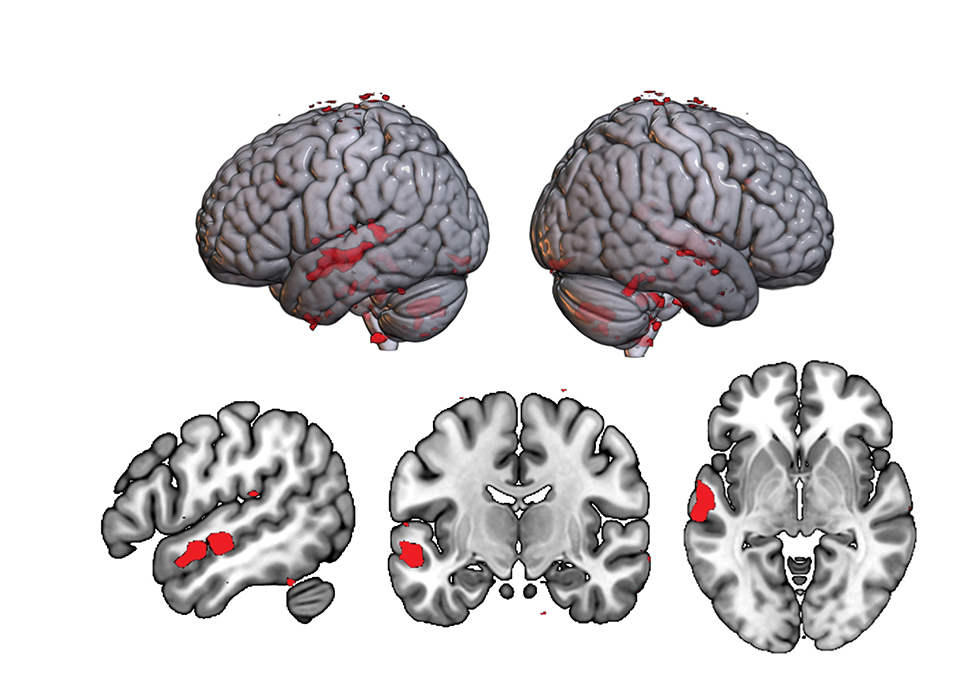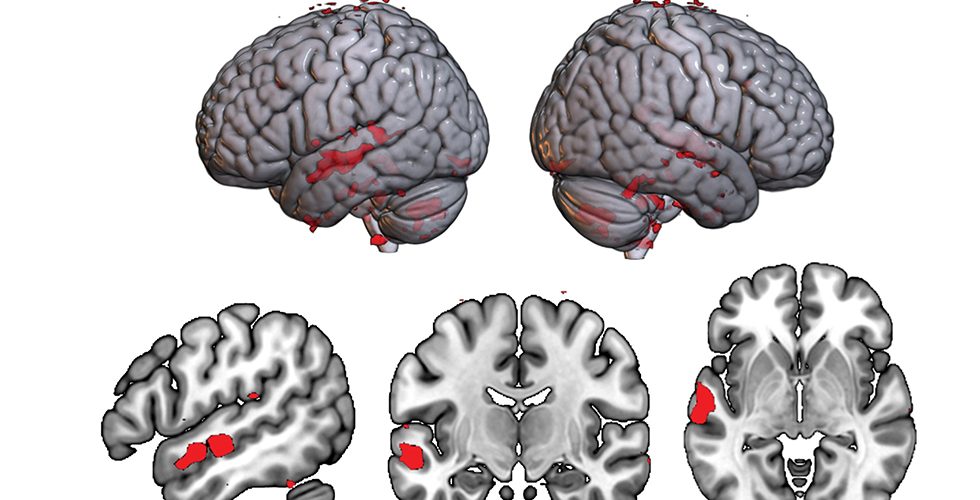
Like many big ideas, the Simons Center for the Social Brain started with conversation.
In 2003, Jim and Marilyn Simons approached leaders at MIT looking for scientists studying autism. At the time, Mriganka Sur was chair of MIT’s department of brain and cognitive sciences, so he gathered a crew of scientists who, like him, studied brain development and plasticity to talk with the philanthropists.
“We were all basic scientists there,” Sur says. “We study fundamental mechanisms of how the brain develops, how it works, how it changes. Jim and Marilyn understood that fundamental science is critical to understanding disorders of brain development and function, including autism.”
That meeting led to Sur’s first foray into autism re-search through a five-year project with funding from the Simons Foundation. The project, which made essential discoveries about Rett syndrome — a neurodevelopmental condition that shares some features with autism — ultimately expanded into the Simons Center for the Social Brain (SCSB), which launched in 2012. By then, foundation funding came via the new Simons Foundation Autism Research Initiative (SFARI), launched in 2005. The SCSB is one of only two research centers supported by SFARI.
The SCSB was founded on the principle that understanding the science of social behavior is essential to understanding autism. Many aspects of human social interaction differ between autistic and neurotypical people — communication through language; interpretation of facial expressions; how we share information through indirect means such as idiom or tone of voice.
“We decided that to really understand autism writ broadly, we needed to understand the inputs, outputs, circuits and components of the social brain,” says Sur, who is now the SCSB’s director.
The center is also founded on the principle of collaboration. Research is organized into ‘targeted projects’ led by teams of faculty members at MIT or other Boston-area universities, each of which tackles a different aspect of a large problem within autism research. Currently, three targeted projects are ongoing, and six have been completed.
One of the center’s first projects produced insights into a genetic alteration that is a risk factor for autism, the 16p11.2 microdeletion, in which a small piece of chromosome 16 is missing. SCSB researchers found that children with this genetic change have, among other behavioral changes, a specific speech disorder — childhood apraxia of speech. Other researchers involved in the project found molecular changes in the brains of a mouse model of the genetic change and determined that the drug R-baclofen can address these deficits in mice. These findings later informed the design of a clinical trial of R-baclofen for autism spectrum disorders led by Clinical Research Associates, an affiliate of the Simons Foundation.
A current SCSB project studies the immune system’s largely unappreciated impact on the social brain, stemming from anecdotal reports that fevers can change social behavior in autistic children and that severe infections during pregnancy increase the risk of autism in the child. Several years ago, Gloria Choi, an associate professor of brain and cognitive science at MIT, and Jun Huh, an associate professor of immunology at Harvard Medical School, discovered that the signaling molecule IL-17 underlies both of these immune-related phenomena.
The connection between the immune system and the social brain may have developed for a reason, Choi says. Our brains likely evolved to respond to immune system activation with specific behavior changes that promote healing — like resting, decreased appetite and isolation to limit the spread of infections.
“The fact that we have this opportunity to bring together scientists with very different areas of expertise, all coming together to tackle one problem, that in itself is just amazing.”Gloria Choi
Through previous SFARI-funded work, Choi and Huh showed that treatment with IL-17 ameliorated autism-like behaviors in mouse models of the condition. Now, through a targeted project led by Choi, a team of four laboratory groups at the SCSB is delving deeper into the immune system’s ties to autism. The researchers are also working to deliver immune molecules to the brain in a targeted way and to understand which cells and circuits in the brain are affected by IL-17. They’re keeping their eyes on the goal: to use the natural power of the immune system to help some people living with autism spectrum disorders.
“The fact that we have this opportunity to bring together scientists with very different areas of expertise, all coming together to tackle one problem, that in itself is just amazing,” Choi says.
Another targeted project at the center, led by Evelina Fedorenko, an associate professor of neuroscience at MIT, is looking at autism and the social brain through the lens of language. Four research teams are studying human communication by investigating how nonverbal visual and auditory cues convey information and how these cues may be processed differently in autistic and neurotypical adults; how regions of the brain that process voices, language and facial expressions interact with each other; how language first develops in the brains of toddlers; and even how to improve nonliteral understanding in computational models of language such as ChatGPT. Together, the teams are working to unlock the mysteries of communication to better understand how communication changes in autism spectrum disorders.
“It can be really hard to get support for research that straddles disciplines and domains, but the Simons Center is a real catalyst for this kind of work,” Fedorenko says. “By encouraging us to work together and bring in expertise from different domains, it will lead to insights that you couldn’t get if you’re working in individual silos.”
The SCSB is also dedicated to training the next generation of scientists — ones with a collaboration mindset. Since the center’s inception, it has run a successful postdoctoral fellowship program in which each fellow receives research funding from the center and is mentored by two faculty members. About half of the 50 fellows who have finished the program have gone on to faculty positions.
Anila D’Mello, an assistant professor of psychiatry at the University of Texas Southwestern Medical Center, is a former SCSB postdoctoral fellow who later received a SFARI Bridge to Independence award in 2022. Her work at the SCSB focused on how the brain adapts to familiar images or words over time; she found that adults with autism spectrum disorders showed less adaptation, specifically, to images of faces. The fellowship was an incredible way to launch her independent academic research career, D’Mello says.
“The funding is amazing, of course, but the really crucial part is that you become part of this community of people who are like-minded in their research, all approaching the problem using different modalities and models,” she says.

